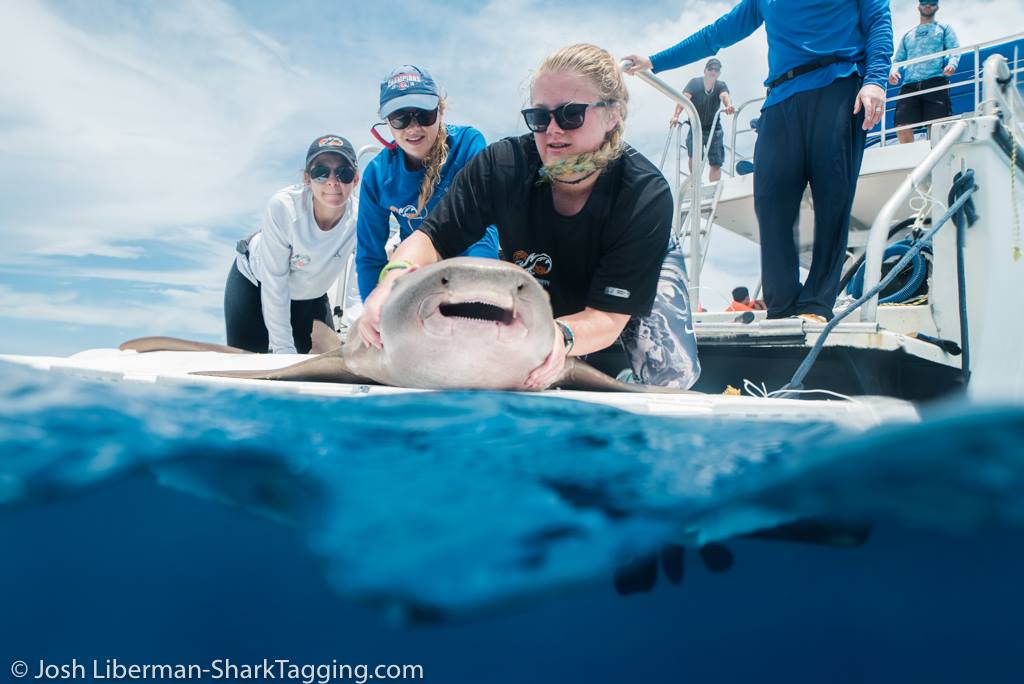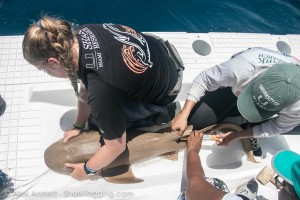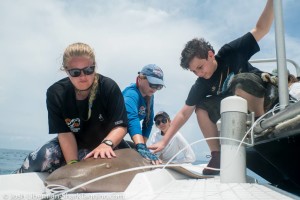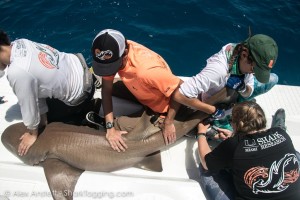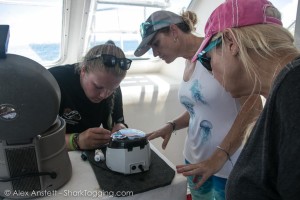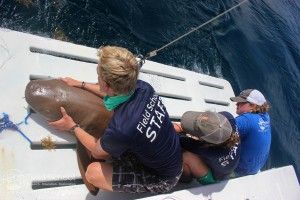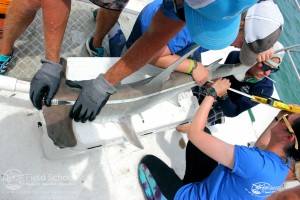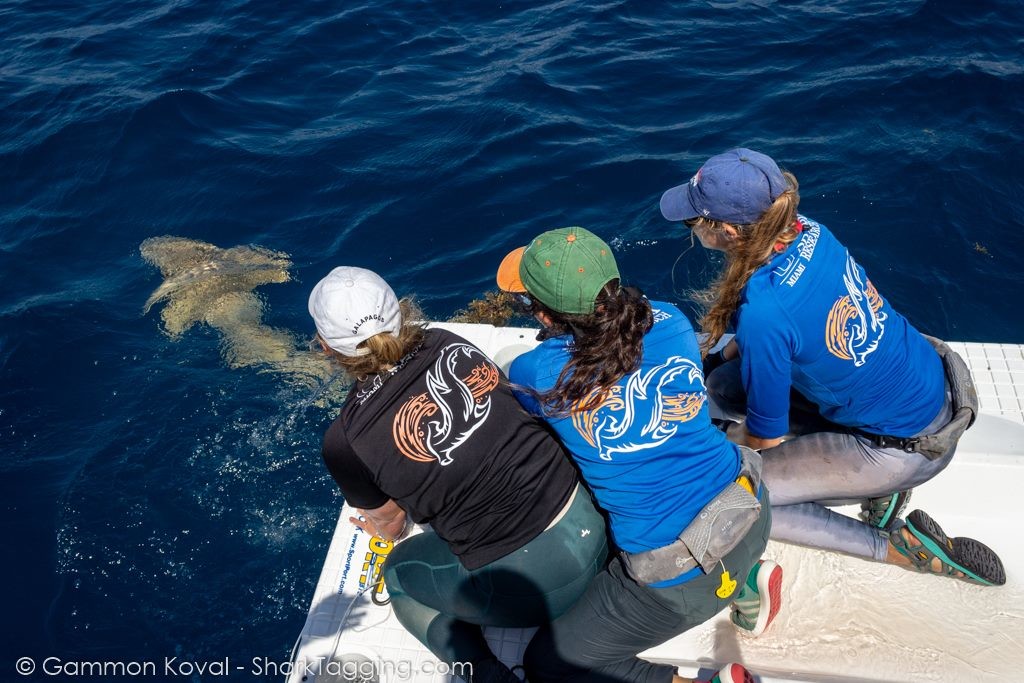You’re 18 Years Old… You’re A Little Young & Naive
Today is the last day that you can register to vote if you want to vote in the upcoming August 28th Florida Primary, and the good news is that registration is super quick and easy. I know this from experience because I registered to vote yesterday online, and on an iPad, while traveling. It took less than 5 minutes so if you’ve not yet registered please do so today. You can register online at http://dos.myflorida.com/elections/for-voters/voter-registration/register-to-vote-or-update-your-information/ and, again, the deadline is today, July 30th, so if you plan to vote in the August 28th Florida Primary it’s now or never to register.
Florida has nearly 13 million registered voters of which 37% are Democrats, 35% Republicans and 28% have no party affiliation. Florida’s primary election allows either registered Republicans or Democrats to vote (those with no affiliation or a minority party affiliation can go online to the same link above, change your affiliation, vote in the primary and then go back online and change it to whatever you want for the general election).
“You’re 18 Years Old…You’re A Little Young & Naive“
If you are unhappy with our political landscape and political leaders then now is the time to step up and do something to help change things. But if you need extra motivation (although I can’t imagine nearly anyone needs any given the assault being waged on decency and our environment in places like Tallahassee and Washington) then I would like to introduce you to Scott Wagner, a Republican candidate for Governor of Pennsylvania, and his ever so ignorant and rude attack of 18 year old Rose Strauss who recently had the audacity to ask the candidate about our global climate change crisis.
Rose, you see, pointed out that two third’s of Pennsylvania voters believe that climate change is an issue that needs to be addressed by the government, but the esteemed Mr. Wagner shared his view that climate change is caused (as writer Dave Barry would say…”I am not making this up”) by people’s body heat and that if elected he does not plan to do anything to address climate concerns. Rose went on to ask Mr. Wagner whether his position has anything to do with his having taken $200,000 in donations from the fossil fuel industry (you go girl) and his answer illustrates most everything that we need to change about political leadership all over America:
“You’re 18 Years Old…You’re A Little Young & Naive“
And what does the audience of, I would guess, mainly Scott Wagner supporters do to Rose after hearing his answer?
They laugh.
And what does Mr. Wagner do next?
He tries to change the topic, of course, by saying “let’s talk about something else.”
That is until someone shouts out “answer the question!”
Mr. Wagner then asks to no one in particular, “Are we here to elect a governor, or are we here to elect a scientist?” (that’s similar to fellow Republican and Florida Governor Rick Scott’s “I am not a scientist” answer about climate change). Last March this same “non-scientist” addressed the natural gas industry and explained that the climate change crisis was, in his view, caused by the earth moving closer to the sun every year (science long ago proved that the sun has nothing to do with causing climate change).
Now if you still need motivation you can watch the entire exchange in a short video here: https://www.facebook.com/NowThisPolitics/videos/2177218115643000/.
Whether you are young like Rose and me (we are both 18 and 2018 will be our first time voting) or a seasoned veteran of many elections, now is the time that we can start to change things for the better. No matter if your concerns relate to immigration, global affairs, equality, our environment or something else, NOW is when we can start to elect the type of leaders that are dedicated to beginning to fix what is horrifically broken.
I hope that you will join Rose and me and other “young and naive” people all over America who believe that the “American Dream” includes every American, who believe that protecting our environment is a patriotic endeavor and who are certain that transitioning our economy from fossil fuels to sustainable energy will lead to American invention and innovation unlike anything in the history of our great country.
Yes, if you want to make things better then please be sure to register and then go out and vote in the Primary (08/28) and General Election (11/06). Rose and I are counting on you to help us defeat people like Scott Wagner and Rick Scott so that our generation can start to work on fixing what’s wrong.

